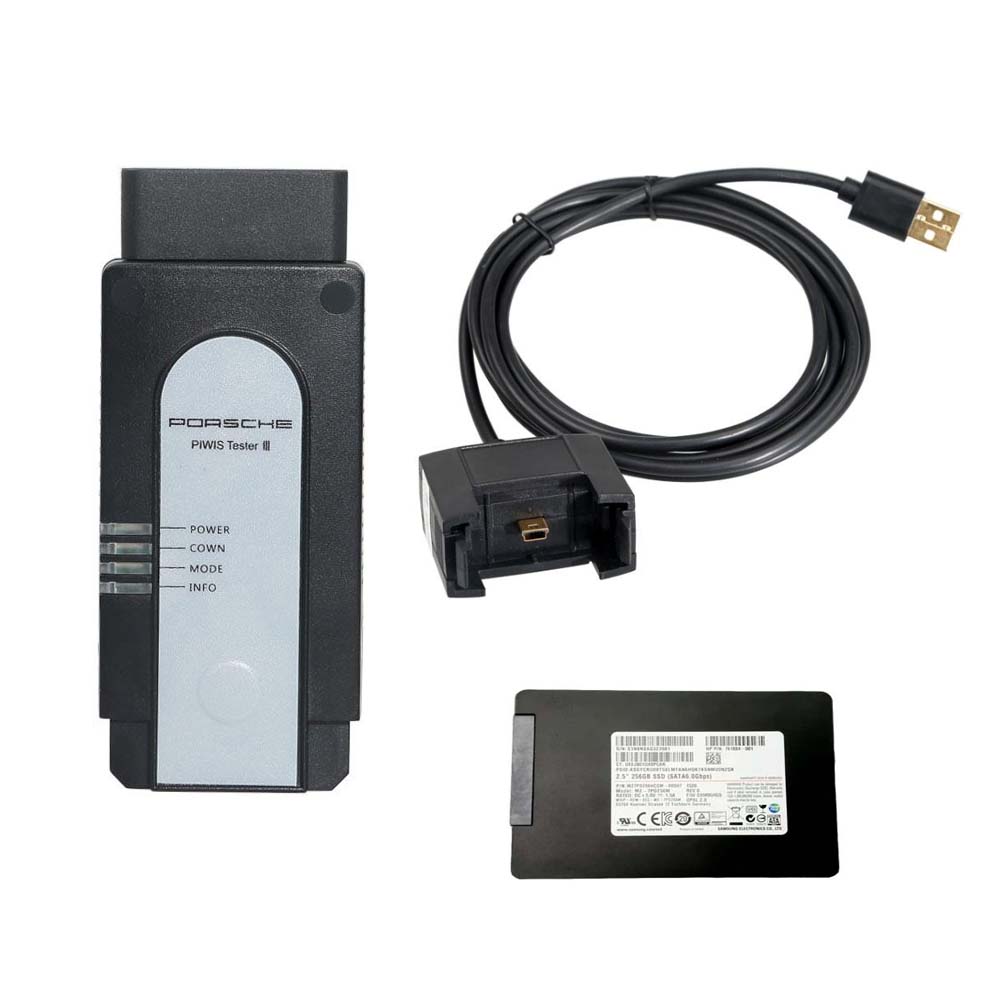
Many of us now have a PIWIS 2 or PIWIS 3. I “assembled” my PIWIS 2 last year. I downloaded the software on-line (for free!) and then bought a clone Samtec interface from China. The program runs using VMWare on my old MacBook Pro. Windows XP is the operating system so everything is a bit clunky and slow but it works well enough and is perfect for my occasional diagnostic and coding needs! Best of all, my total build cost was crazy cheap! In fact, I sold my Durametric Pro cable after putting together the PIWIS because the PIWIS is a much more powerful tool!
My primarily motivation to get a PIWIS was to lower my car through the air suspension. I was initially looking at lowering using a module ($$$) or using links. I had read that lowering could be done with a PIWIS but there was very little DIY information on-line on how to do this. I have now figured out how to do this and will do up a “DIY Lowering with PIWIS” for the community once I get a chance.
When I first started using my PIWIS I got a low voltage warning even though my battery was fully charged (had been sitting for days on a Porsche Charge-o-mat Pro) and I had my 10A battery charger connected during my PIWIS session. A forum member on Rennlist with extensive PIWIS knowledge posted about the need for “clean” power while using the PIWIS. This ideas of “clean” power intrigued me. This lead me down a “rabbit hole”…
I came across this Porsche After Sales Technical Bulletin confirming the need to use a battery charger with a fixed voltage between 13.5V – 14.5V while ECU programming on modern Porsche vehicles. Porsche recommended using a battery charger capable of putting out a minimum current of 90A to maintain this stable voltage. Few of us have chargers that can produce a STEADY 90A (not a one time boost charge).
So…VOLTAGE needs to stay constant (stable) while ECU coding. To accomplish this, amperage needs to fluctuate to maintain constant voltage. So, using a conventional battery charger that puts out constant amperage doesn’t fit the bill.
I then looked into commercially available power supply units (PSU) that supply constant voltage (i.e. “clean” power). The Schumacher INC100 fits the bill but is crazy expensive! I thought about buying one but, in the end, couldn’t justify the cost for my occasional DIY use.
Then I stumbled across a forum post on BoostAddict that described how to make your own PSU using a computer sever power supply. I went ahead and made my own and it works AMAZINGLY! I’ve used it for hours and the voltage remains rock solid stable with no fluctuation. I guess this shouldn’t be a surprise as it is designed to power computer systems. It is quiet, portable, doesn’t overheat, and it cost me $55 (CDN) all in!
FYI…I did not come up with this PSU build. I’m solely passing along the knowledge I gained as I chased the rabbit down the hole!
Disclaimer: Do this at your own risk and don’t mix up the polarity!